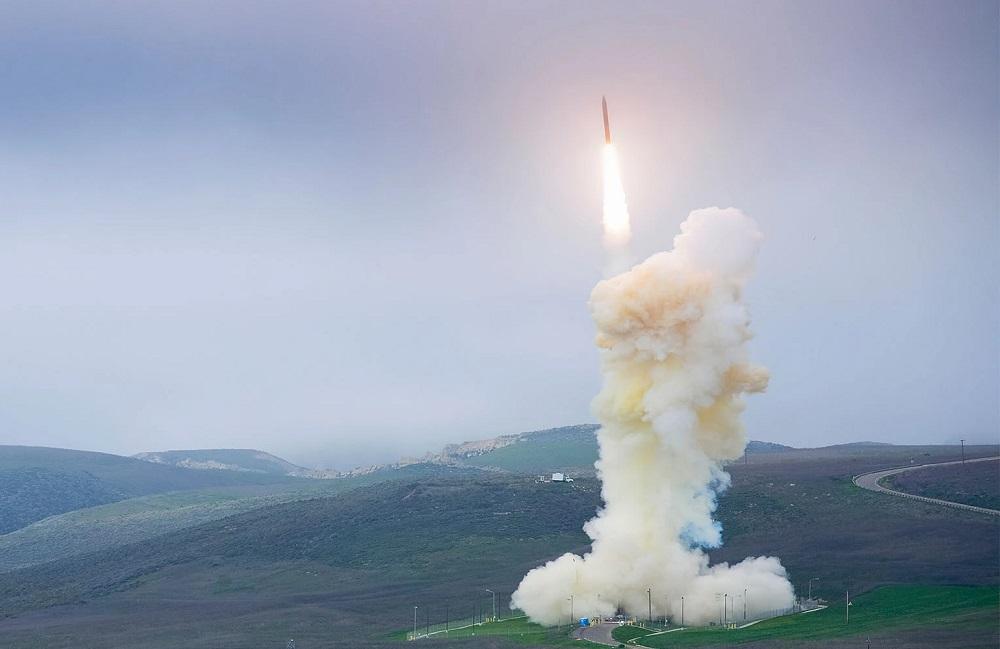Northrop Grumman Corporation’s (NOC) Next Generation Interceptor (NGI) team recently began fabrication of integral throat entrances for the NGI solid rocket motors. This key milestone marks the beginning of manufacturing of key components for the NGI program. Produced at the company’s Bacchus facility in Magna, this hardware utilizes numerous Northrop Grumman advanced testing, inspection and development capabilities, including a specialized fiber weaving capability.This technology enables rapid development, prototyping and production for NGI to achieve the motor performance supporting this critical mission.
The Next Generation Interceptor (NGI) is a Missile Defense Agency (MDA) program to upgrade the kill vehicles for the ground-based interceptors, with different vendors, Lockheed Martin and Northrop Grumman competing. They are tasked with meeting more complex threats than those met by the EKV. There will be more near-term technology improvement to the GBI during a longer-term process for NGI to meet more complex threats. The NGIs are to be fielded by 2027 or 2028. The Pentagon’s Office of Cost and Program Evaluation (CAPE) estimated on April 29, 2021, that it would cost $17.7 billion to develop, deploy, and maintain the next-generation interceptor (NGI).

The tracking sensors and computers, which follow the parabolic trajectories of the ballistic missile, count down the time to go needed before impact of the interceptor’s kill vehicle with the targeted ballistic missile. When the tracking sensors and computers determine there is enough time to kill the ballistic missile without using the third booster stage, the kill vehicle can maneuver using its thrusters to hit the targeted ballistic missile without the third stage. This increases the probability of kill, for the kill vehicle, which can instead more closely follow the targeted missile, rather than its projected parabolic trajectory.
With over 60 years of mission-proven experience, Northrop Grumman with strategic partner Raytheon Technologies, has the technical expertise and operational manufacturing and test facilities needed to enable low risk, high performance propulsion solutions in support of the Missile Defense Agency’s (MDA) NGI program. Northrop Grumman solves the toughest problems in space, aeronautics, defense and cyberspace to meet the ever evolving needs of customers worldwide. Northrop Grumman’s 97,000 employees define possible every day using science, technology and engineering to create and deliver advanced systems, products and services.















